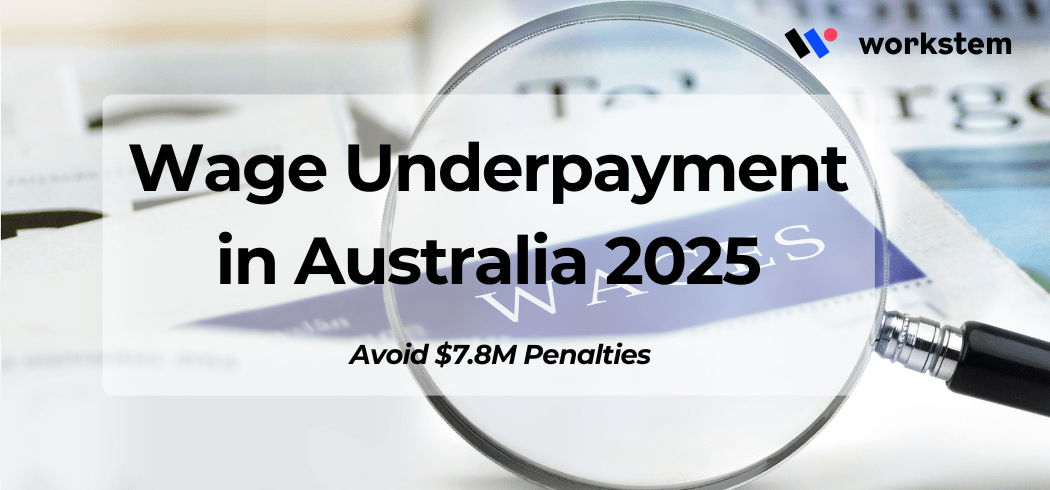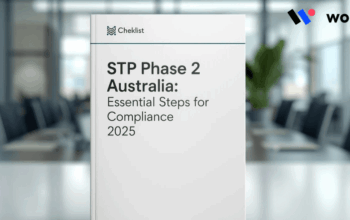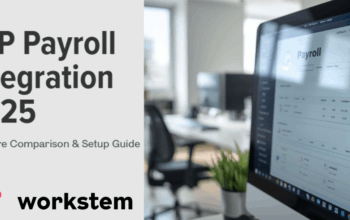Australia’s superannuation landscape is set for a monumental shift. The incoming Payday Super legislation, with full implementation expected by 2026, will change how every Australian business manages its employee entitlements. This move from quarterly to real-time super payments is designed to secure employees’ retirement savings and streamline compliance for employers.
For business owners and payroll managers, adapting to this new rhythm is crucial. This definitive guide explains the Payday Super Australia 2026 changes and provides a clear action plan for a seamless transition.
What is Payday Super and Why is it Changing?
The current system allows employers to pay Super Guarantee (SG) contributions up to 28 days after the end of each quarter. The new Payday Super law mandates that from 1 July 2026, employers must pay their employees’ super at the same time they pay their salary or wages.
This reform aims to protect workers’ retirement savings. It’s estimated that this real-time payday super system will recover billions in unpaid super. For employers, it simplifies compliance by aligning super payments with the natural payroll cycle, reducing the risk of accumulating large, unexpected SG charge liabilities.
Key Benefits of the Change:
- For Employees: Enhanced retirement savings, greater transparency, and significantly reduced risk of unpaid super.
- For Employers: Streamlined administrative processes, improved cash flow management through regular smaller payments, and reduced risk of compliance penalties.
The Implementation Process: A Step-by-Step Guide for Businesses
Transitioning to payday super requires a proactive strategy. Follow this real-time superannuation payment guide Australia to ensure compliance:
- Review Your Payroll Cycle: Analyse your current process (weekly, fortnightly, monthly). Super payments must now mirror this exact cycle.
- Forecast Cash Flow: Assess the impact of more frequent payments on your business finances to ensure liquidity each pay cycle.
- Invest in Integrated Payroll Software: Manual handling will be impractical. Automating calculations and payments is essential for efficiency and accuracy.
- Verify Employee Details: Audit your records to ensure every employee’s super fund details, including USI, are correct to prevent payment failures.
- Conduct a Test Run: Before the deadline, perform a test pay run to ensure your software integrates flawlessly with the SuperStream system.
- Train Your Team: Educate your payroll, HR, and finance staff on the new procedures and timelines.
Key Features of a Compliant Payday Super System
Your payroll software must be capable of handling the new demands. Look for these non-negotiable features:
- Full Automation: Calculates SG obligations automatically for each pay run, eliminating manual errors.
- Real-Time Compliance: Built-in checks ensure you meet ATO obligations every single payday.
- Seamless SuperStream Integration: Submits and pays contributions electronically directly through the ATO’s gateway without double-handling data.
- Transparent Reporting: Provides clear audit trails and reports for each payment cycle, simplifying reconciliation.
How Workstem Simplifies Payday Super Compliance
Simplify award interpretation and payroll processing with Workstem, the all-in-one workforce management & payroll software designed for every industry.
Workstem‘s automated payroll platform is engineered for the Payday Super Australia 2026 era. We transform this regulatory change from a challenge into an opportunity for efficiency.
- Auto-Calculate Super: Accurately compute liabilities for every pay cycle, every time.
- One-Click SuperStream Payments: Submit and pay super contributions directly to funds with a single action.
- Centralised Employee Management: Keep all super fund details secure, up-to-date, and easily accessible.
- Ensure Unbroken Compliance: Maintain a clear, digital audit trail for every transaction, ready for reporting.
Choose from our Standard or Advanced plan to suit your business needs, and stay Fair Work compliant with confidence.
Payday Super Q&A: Your Top Questions Answered
Q1: What is the exact start date for Payday Super?
A: The government has announced a start date of 1 July 2026. Legislation to enact this change is expected to be introduced in Parliament during 2025.
Q2: Does Payday Super apply to all businesses?
A: Yes. The new rules will apply to all Australian employers, regardless of size or industry. This includes small businesses, sole traders with employees, non-profits, and government entities.
Q3: What happens if I pay my employees early, but their super is paid on the official payday?
A: The law requires super to be paid on the same day as salary and wages. If you pay wages early, your super contribution must also be made on that same early date. The key is simultaneity.
Q4: How does Payday Super affect my cash flow?
A: Instead of one large quarterly payment, you will make smaller, more frequent payments. This requires more active cash flow management but can prevent the burden of a significant quarterly outlay. Forecasting is essential.
Q5: Will the Super Guarantee (SG) rate still be increasing?
A: Yes. The SG rate is legislated to continue rising to 12% by 2025. Payday Super is a separate reform about the timing of payments, not the rate.
Q6: What are the penalties for non-compliance?
A: The ATO will have enhanced visibility through the real-time system. Penalties for late or unpaid super will still apply, including the Super Guarantee Charge (SGC), which is not tax-deductible and includes interest and administration fees.
Q7: Can I use a transition period to adjust?
A: The government has indicated a phased approach to allow software developers and businesses time to prepare. However, all employers are expected to be fully compliant by the 1 July 2026 deadline.
Q8: How does Payday Super work with my current payroll software?
A: You must check with your provider. Older or basic software may not support the automated, SuperStream-integrated payments required. Modern, compliant platforms like Workstem are being updated to handle these changes seamlessly.
Book a free demo with our payroll experts and experience how Workstem can streamline your payroll and workforce operations.
Read More:
How Pay Day Super Affects Your Business








